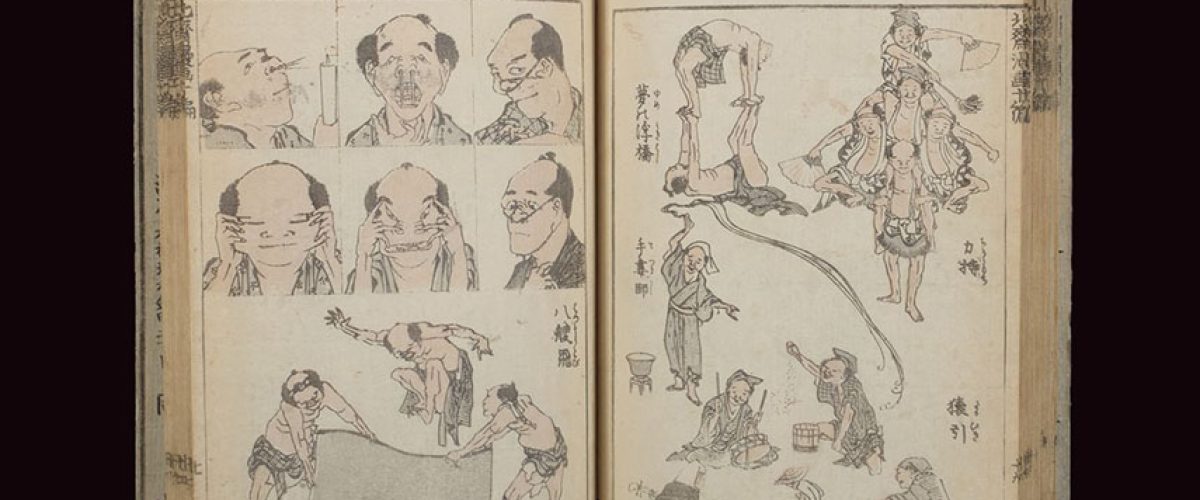The History Of Manwha
Discover the colorful worlds of manga and manhwa, where imagination knows no bounds.

Manhwa, the Korean equivalent of manga, has a history deeply intertwined with the cultural and political developments of Korea. Its origins can be traced back to the early 20th century, during Korea’s occupation by Japan, where comic strips and cartoons emerged as a form of resistance against colonial rule. However, it wasn’t until after World War II and the subsequent Korean War that manhwa began to flourish as a distinct art form.
In the post-war era, South Korea experienced rapid industrialization and economic growth, which led to the proliferation of newspapers and magazines. This provided a platform for manhwa artists to showcase their work to a wider audience. Additionally, the influence of American comic books and Japanese manga played a significant role in shaping the development of manhwa during this period.
The 1960s and 1970s marked a golden age for manhwa, with artists like Kim Yong-hwan and Choi Yong-seong pioneering the industry and laying the groundwork for future generations. Manhwa during this time often focused on themes of social commentary, satire, and political allegory.
In the late 20th century, the manhwa industry experienced significant growth and diversification, with the emergence of various genres catering to different demographics. The advent of webtoons in the early 2000s revolutionized the way manhwa was consumed, with online platforms providing easy access to serialized comics and fostering a vibrant digital community of creators and readers.
Today, manhwa continues to thrive as a dynamic and influential cultural force in South Korea and beyond. Its popularity has spread globally, with an increasing number of manhwa titles being translated into various languages and gaining recognition on the international stage. From webtoons to print publications, manhwa remains an essential part of Korea’s cultural heritage and artistic expression.
The post-World War II era saw the emergence of manga as a distinct and influential cultural phenomenon. Artists like Osamu Tezuka, often referred to as the “God of Manga,” played a pivotal role in shaping the medium, introducing cinematic storytelling techniques and iconic characters. Tezuka’s works, such as “Astro Boy,” helped popularize manga both domestically and internationally.
Throughout the latter half of the 20th century, manga continued to evolve and diversify, encompassing a wide range of genres and styles. The introduction of manga magazines targeting different demographics, such as shonen (boys) and shojo (girls), further fueled the industry’s growth and popularity.
With the advent of digital technology and the internet, manga consumption expanded beyond print publications to online platforms and digital distribution. Today, manga remains a global cultural phenomenon, with millions of readers around the world enjoying its diverse offerings across various genres, from action and romance to fantasy and science fiction.